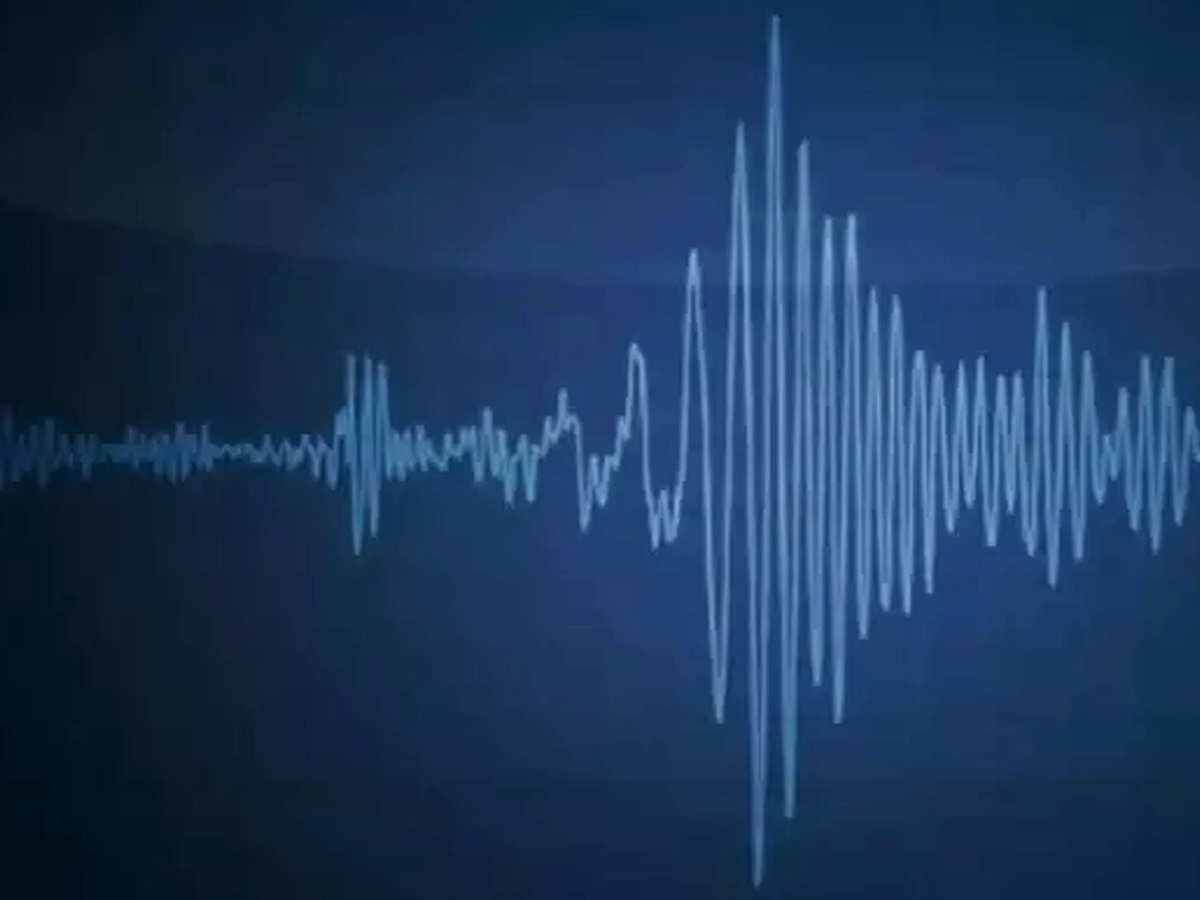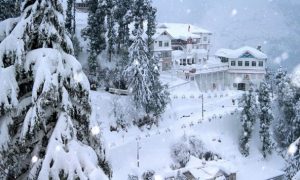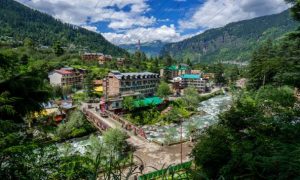NEW DELHI: Himachal Pradesh, which falls in the highest seismic risk zone of India, could be hit with an earthquake of magnitude equal to or greater than eight on the Richter scale in the future, said the science & technology ministry while flagging a study in the context of recent incidents of the earthquake in the northern part of the country that has caused concern among scientists and planners.
An earthquake of magnitude equal to or greater than 8 is considered quite devastating as it can totally destroy communities near its epicentre. India had in the past experienced two such earthquakes – one on January 15, 1934, in northern Bihar (magnitude 8.1) and the other on August 15, 1950, in Assam (magnitude 8.6) – with their respective epicentres being located in neighbouring countries.
The study could have major implications in terms of planning in the face of seismic hazard, earthquake predictions and understanding the source genesis of great earthquakes beneath the active collision zone.
The study, carried out by a group of researchers from institutions including Dehradun-based Wadia Institute of Himalayan Geology (WIHG), Hyderabad-based CSIR-National Geophysical Research Institute (NGRI) and IIT, Kharagpur, suggests that there is enough amount of strain energy still stored below the Himalayas.
“This is because very minimal amounts of strain energy are released in the form of micro-seismic and megathrust earthquakes till now,” said the ministry while referring to the study, published in the ‘Journal of Asian Earth Sciences’ in 2018.
“As the entire Himalayas is vulnerable to earthquakes, we need to make efforts to build an earthquake resilient society through earthquake preparedness and enforcement of good construction practices in order to avoid damage due to earthquake,” said Sushil Kumar, a scientist at WIHG who was part of the study.
The study also suggests that if an earthquake occurs beneath the Himalayas and involves the whole of the Himalayan detachment fault in its generation process then its moment magnitude can be up to 8.
During the last year (1st January 2020 to 31st December 2020), a total of 965 earthquakes with magnitude 3 and above have been reported by the National Centre for Seismology (NCS) which maintains a nation-wide seismological network comprising of 115 seismic stations to monitor the earthquake activity in and around the country.
“It is planned to strengthen the existing National Seismological Network with additional 35 field stations during 2021-22. This will help in the detection of smaller earthquakes in selected locations,” said an official of the ministry of earth sciences (MoES).
India has been divided into four zones – zone V, IV, III and II – according to the seismic zoning map of the country prepared by the Bureau of Indian Standards (BIS) based on the historical seismicity and strong ground motions.
Out of these zones, Zone V exhibits the highest seismic risk and zone II has the least. Parts of Jammu and Kashmir (Kashmir valley); the western part of Himachal Pradesh; the eastern part of Uttarakhand, Kutch in Gujarat; part of northern Bihar; all north-eastern states and Andaman & Nicobar Islands fall in the Zone V.





































